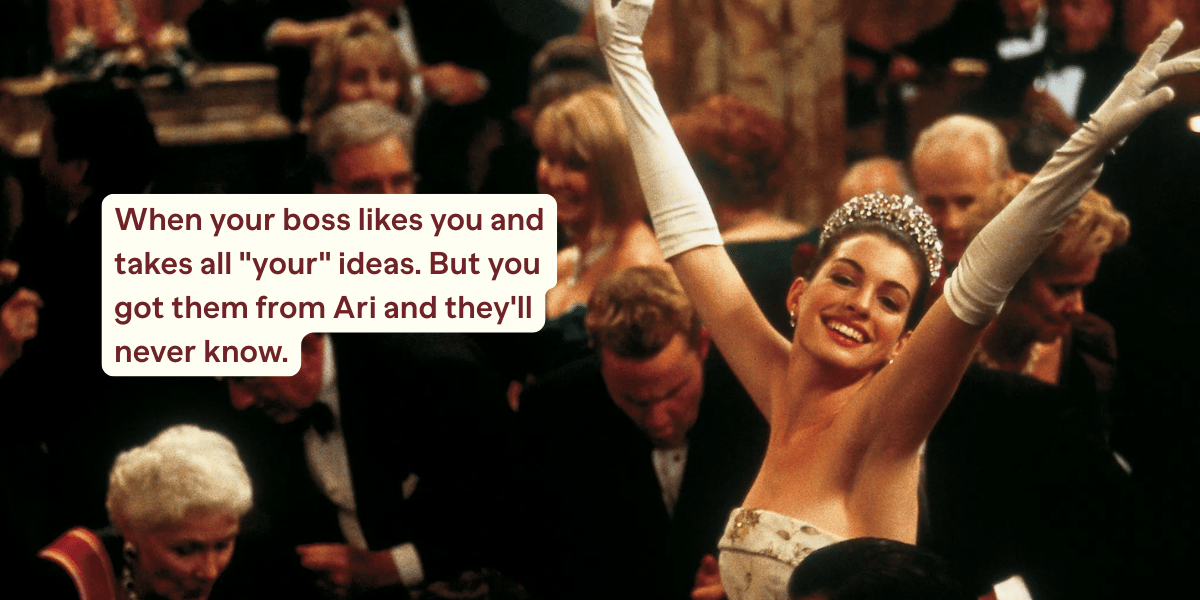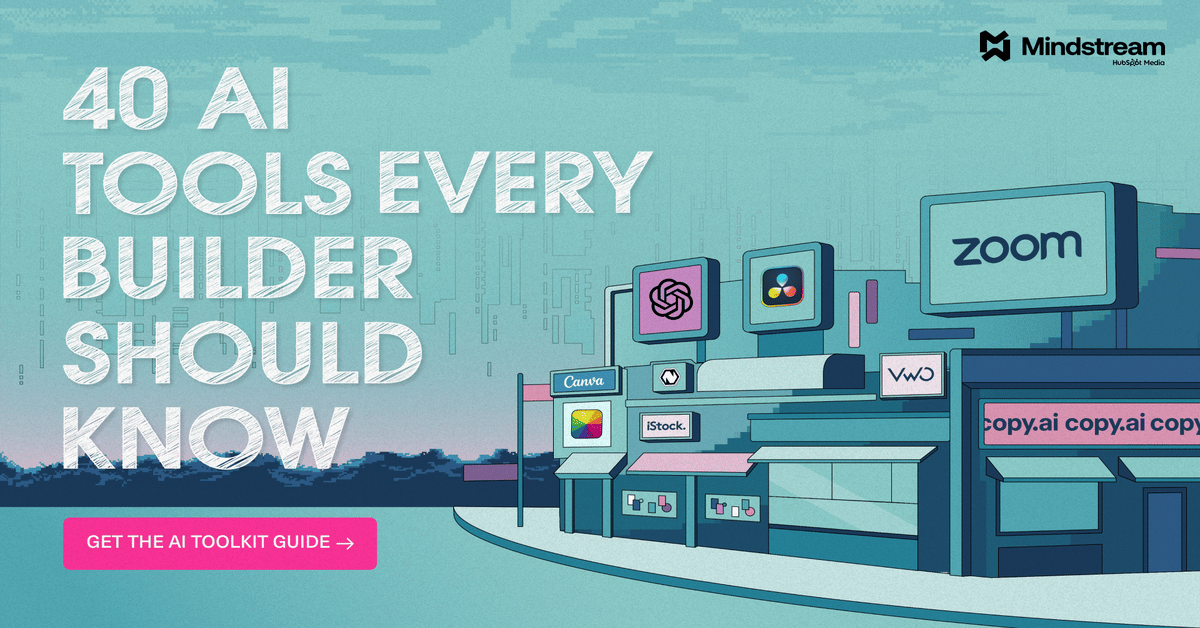- EZ Reflections
- Posts
- Escaping the Prison of the Mind
Escaping the Prison of the Mind
Escaping the Prison of the Mind
In last week's episode of EZ Conversations, I had the honour of sitting down with Shirin Behzadi (Listen Here). We explored how Shirin left behind the Iranian regime and moved to the United States to pursue a dream. From a young age, she questioned the status quo and refused to be told to stay small. Yet, when those around her couldn’t comprehend the depth of her vision, the universe carved a different path—one that led her from a gas station in Los Angeles to the boardroom of a billion-dollar company.
As I reflected on my conversation with Shirin—and one of the questions I asked her about not letting others keep her small—I realized that we all, in one way or another, become confined to the prison of our own minds.
These walls are not always visible. They are built slowly, through experiences of fear, rejection, failure, and judgment. They can be shaped by our parents’ beliefs, our society’s norms, or our own internal narratives. Over time, these beliefs shape what we think is possible—and what we subconsciously tell ourselves we deserve.
Psychologically, this internal confinement is what Carl Jung described as “identification with the persona”—the idea that we become trapped in who we think we should be, rather than who we truly are. When we live only through this persona, our authentic self remains imprisoned in the shadows, yearning to be expressed. Growth, therefore, begins not when we add more to ourselves, but when we unlearn what was never truly ours to begin with.
Recent research in cognitive psychology supports this. Studies on limiting beliefs show that mental barriers, often formed early in life, can profoundly affect performance, self-efficacy, and goal pursuit (Bandura, 1997; Dweck, 2006). The brain’s default mode network (DMN)—responsible for self-referential thought—can trap us in cycles of rumination and self-criticism (Andrews-Hanna et al., 2014). Mindfulness and cognitive reframing, however, have been shown to reduce DMN hyperactivity, freeing us from the repetitive stories that keep us small (Farb et al., 2007).
In other words, freedom is not the absence of external walls—it’s the expansion of internal awareness.
When we begin to notice our self-imposed constraints—the fear of failure, the need for approval, the illusion of scarcity—we start loosening the chains. The shift from “I can’t” to “What if I could?” is subtle, but revolutionary. It is in that gap that growth begins.
Robin Sharma’s framework of Givers and Takers fits beautifully here. The Taker lives from a scarcity mindset, believing that success is a limited resource, and therefore, must be hoarded or stolen. The Giver, by contrast, operates from abundance—seeing life as a vast field of opportunity where contribution and creativity multiply value for all.
At its core, escaping the prison of the mind requires a transformation of consciousness—from fear to trust, from control to surrender, from scarcity to abundance. When we release the old stories that define us, we reconnect to the boundless potential of the self that lies beyond conditioning.
As Shirin’s story reminds us, the walls of our minds may be built by others, but it is always we who hold the key.

A snippet of the Episode
Head to YouTube for the full episode. Or Subscribe below:
What people are saying about the podcast:

Quote of the Week:
“Take an axe to your prison. Don't wait for a passerby to unlock the door for you. Take an axe to it, and when you've obliterated the door of your unhealthy, imprisoning belief, escape!”
Sponsors
How 15 Small Brands Achieved Remarkable Marketing Results
Stop believing you need a big budget to make an impact. Our latest collection highlights 15 small brands that transformed limited resources into significant market disruption through innovative thinking.
Case studies revealing ingenious approaches to common marketing challenges
Practical tactics that delivered 900%+ ROI with minimal investment
Strategic frameworks for amplifying your brand without amplifying your budget
These actionable insights can be implemented immediately, regardless of your team or budget size. See how small brands are making big waves in today's market.
Your Boss Will Think You’re an Ecom Genius
Optimizing for growth? Go-to-Millions is Ari Murray’s ecommerce newsletter packed with proven tactics, creative that converts, and real operator insights—from product strategy to paid media. No mushy strategy. Just what’s working. Subscribe free for weekly ideas that drive revenue.
Choose the Right AI Tools
With thousands of AI tools available, how do you know which ones are worth your money? Subscribe to Mindstream and get our expert guide comparing 40+ popular AI tools. Discover which free options rival paid versions and when upgrading is essential. Stop overspending on tools you don't need and find the perfect AI stack for your workflow.
Subscribe to the Podcast and Newsletter
Looking to build your own Newsletter?
Follow my personalized link to get 20% off all Beehiiv plans:





Reply